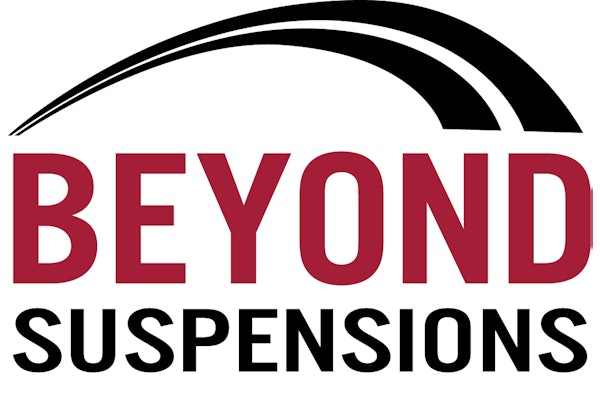The term “parts and service” rolls off the tongue so easily, it’s akin to “ham and cheese,” “peanut butter and jelly” and “mac and cheese” (the latter for my grandchildren, the earlier two for me). Mentally, the two sides of product support blend together nearly seamlessly; do the service work, replace the parts – and be done. One challenge, one task, one time.
If the two factors are in fact really two intertwined pieces of the same process, why, then, do we not find the two universally integrated in the heavy-duty aftermarket? Yes, there are some very successful parts distributors who fully integrate parts and service into a single operation. Yet, there are far more examples where “parts is parts,” “service is service” and they are entirely different businesses.
In the automotive aftermarket, away from franchised dealer shops, parts tends to be just that – and service is generally very separate. There certainly are strong branding relationships between separate parts businesses and their service garage customers; NAPA must be the best example. And there are a few parts operations with service facilities, like Pep Boys and Sears, although Pep Boys currently is not a poster child for successful integration. Midas would be another integrated example, as would Jiffy Lube, but these are really narrow niches with simple service tasks and easy inventories.
So, if generally separate parts and service businesses seems to work in the automotive and light truck aftermarket, does this mean that it will continue to work in the heavy-duty arena as well? Do the established practices from one side of the aftermarket carry over directly to the other? I don’t think so. There are simply too many differences.
Market size is No. 1. There are 240 million cars and light trucks on the road and about 4 1/2 million medium and heavy trucks. Each of these trucks is considerably more valuable than all but a handful of the most expensive cars, point No. 2. There is also a wide variety of vocational variations in the truck market, No. 3, and the cost of keeping a truck out of service for a day is much greater, No. 4 (I haven’t noticed any daily rental side loader refuse trucks in my local Enterprise rental lot lately, either). No. 5, average annual mileages and hours also are much greater, with the possible exception of trucks on farms. The bottom line here: these are decidedly two different markets.
If speed of service turnaround is important (and research validates this), shouldn’t the service and parts functions be integrated? If quality of service work is important (and it is), shouldn’t the parts guys ensure the quality all the way down through the service process? If there are two margins to be enjoyed (parts and service), shouldn’t one enterprise capitalize on both? After all, shop margins can easily double those enjoyed on parts sales.
Granted, service is more difficult. It involves training, tools, labor issues, heavy equipment, bay facilities, parking and a bunch of other requirements. But it is these same issues that, in my opinion, will make it difficult for today’s relatively small independent service shops to remain competitive in the future. And, if these shops start to go away, there goes a piece of the parts business as well.
Perhaps it’s important to put the dollars in perspective as a final point. The heavy-duty parts business today is worth about $16 billion. The service labor business, counting all the work done internally by customers (who’d like to outsource), is worth about $34 billion. To me, that represents a truly legitimate opportunity for parts distributors to slice into.







